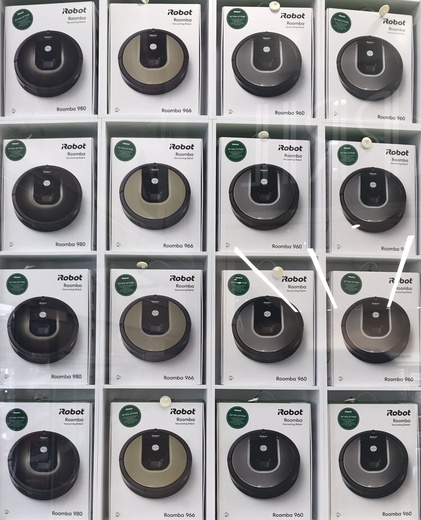Tech Project
Description of the challenges faced by the Tech Project
Mobility is a key driver of the development of large urban areas and tall buildings. The level of automation during construction and operation of such urban areas is continuously increasing. Humans do not only outsource work to robots, but they also share their workspace and mobility space with them, as they serve different purposes and provide services. How does robotic automation impact the design of mobility services, buildings, smart cities and our interaction with them? Socially-aware robots will be an essential asset to design robot-augmented building services, because such services will transfomr urban areas into a co-mobility space, shared among humans and robots. The team developed multiple robot prototypes to support elevator installation or to act as an elevator service companion. The design of these prototypes, as well as their human machine interface, while functional, can still be improved to provide a superior user experience, mechanically as well as via apps, voice, or gestures.
Brief description of technology
Mobility is a key driver of the development of large urban areas and tall buildings. The level of automation during construction and operation of such urban areas is continuously increasing. Humans do not only outsource work to robots, but they also share their workspace and mobility space with them, as they serve different purposes and provide services. How does robotic automation impact the design of mobility services, buildings, smart cities and our interaction with them? Socially-aware robots will be an essential asset to design robot-augmented building services, because such services will transform urban areas into a co-mobility space, shared among humans and robots. We developed multiple robot prototypes to support elevator installation or to act as an elevator service companion. The design of these prototypes, as well as their human machine interface, while functional, can still be improved to provide a superior user experience, mechanically as well as via apps, voice, or gestures.
What the project is looking to gain from the collaboration and what kind of artist would be suitable
- Human-oriented design of robots for horizontal and vertical mobility - Exploration of control and interaction modalities for humans and fellow human travelers - Explore social-awareness of robots in horizontal and vertical mobility spaces - Explore aspects of safety and functionality, yet visually appealing What kind of artist: somebody who likes to explore and challenge technology, with a sense for multi-modal human-machine interaction, a driven maker and tinkerer who does it hands-on to create embodiments in the real world, ideally with experience in robotics and human mobility
Resources available to the artist
Embedding in a passionate, cross-functional innovation team apart from yet linked to the “mother ship”, IT infrastructure and prototype robot devices, traditional and fab lab-like production facilities




